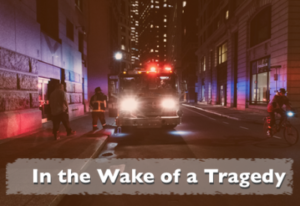With all the exposure to bad news, we are increasingly aware of sudden, tragic events. Along with this comes talk of ‘trauma’. But what exactly is trauma and how should we think of it in relation to loss and grief?
What is Trauma?
Physical ‘trauma’ is described as ‘severe injury, usually caused by a violent attack or an accident’. Our mind can also become traumatized, and in this way trauma is defined as ‘severe emotional shock and pain caused by an extremely upsetting experience’. Sometimes we experience a situation so stressful that our body and mind cannot cope and make sense of it, and we become traumatized.
Do I have Grief or Trauma?
Whilst we can think about grief as the reflective focusing on the pain of our loss and remembering the person who died, trauma involves avoidance both of the death event and environmental triggers, (smells, sights, sounds) that might be reminders. At least for a while, trauma overpowers a person’s grief. Often people experiencing trauma say they feel like they are going crazy. However, if we understand that the mind and body reactions happen to protect us, then we know that it is quite the opposite. Trauma symptoms are there to protect us for a time after the shock of the death.
The following list shows typical symptoms of grief and trauma. Some people may see themselves in both lists.
| Common grief response symptoms | Common trauma responses symptoms |
|
|
Just Imagine
A family is going along with their regular daily life: school, work, after school extra-curriculars, homework, dinner. Regular routines. A predictable, stable life. Then one evening while mom and the other kids are out, ten year old Jan finds her dad on the floor in the kitchen. He had been out for a bike ride and arrived back a little while ago. His glass of apple juice is spilled all over the floor. Jan tries to wake him. She sees that he looks different, his skin is cold to the touch. Jan calls 911. The EMS arrive and perform CPR. Lots of medical equipment, people and noise. The scene causes Jan to feel panic, chaos and dread. Dad is confirmed dead.
After dad’s death, Jan feels numb. She can’t concentrate and the moments before and after dad’s death are a blur, like a broken puzzle. Over the following months Jan feels anxious all of the time. She has moments when she suddenly begins to shake, her hands get sweaty, her heart starts pounding, for no apparent reason. She develops extreme fear that she and her other family are going to die. She jumps in fright when a bicycle passes by. The smell of apple juice makes her feel sick. She keeps thinking that dad must walk through the door any minute.
Jan is experiencing trauma symptoms. The death of her dad has given her such a shock that her mind is having difficulty making sense of what has happened. Her brain and body have gone into protective mode, sometimes referred to as fight or flight.
Should I Be Concerned That My Child/Teen Is Traumatized?
At the Lighthouse, we see many parents/guardians who are concerned for the emotional and mental wellbeing of their child or teen. The question ‘has my child been traumatized by the death?’ isn’t a simple one to answer. We can reasonably suppose that all deaths of a parent or sibling are potentially traumatic for children and teens, given that these deaths happen out of the natural order and prematurely in the child/teen’s life. It is a combination of factors that cause trauma in a person, and there are factors which can also help prevent the traumatic reaction.
Some factors that may increase trauma include:
- Prior traumatic experiences
- Our unique personality and resilience (how we tend to react to difficult situations)
- Sudden, unexpected nature of the death event
- The sudden, unexpected nature of the death
Some factors that are believed to prevent or lessen trauma reaction:
- A naturally highly resilient personality
- Good preparation to anticipate the timing of the death
- Getting good support after a shocking event
- How well the parent is coping (especially for younger children)
- In situations where a child is experiencing trauma, it is important to provide care for the trauma so that the child can feel more safe and begin to engage in their grieving process.
So how can Parents Support their Child or Teen who has been Traumatized in their Death Loss?
For families who have experienced a traumatic death, it is important that as the parent/guardian you get support for yourself as soon as possible. Your wellbeing can have a direct impact on how your child comes through the trauma, especially for younger children.
For children and teens, we can tend to minimize or deny their traumatic experience because it can be difficult to know how to help them, or because we think that trying to put the event ‘in the past and forget’ will be better. However, this may actually make the situation worse for the child/teen, as they likely will already be confused by their own thoughts and physical reactions.
It is now recognized that it can be harmful to press a person to talk about the details of the death before he/she is ready, as it can take them directly back into re-experiencing the death. The person’s brain may not be ready to handle the stress of recollection. It is usually best to take a cue from the child/teen about discussing the death, especially in the early days and weeks. It is important to note that it is also not healthy for the person to avoid thinking about and processing the death and trauma indefinitely. For children/teens, extreme avoidance of the trauma in the long term has been shown to result in a delay in progressing developmentally, getting ‘stuck’.
Trauma Treatment is a Multi-Pronged Approach
In the months and years following a potentially traumatic death, helping a child to work through the trauma should involve a holistic approach, focusing on the child/teen’s mind, body and spirit. The following are key approaches:
Psychological First Aid (PFA)
This approach is increasingly used immediately after the trauma event and focuses on offering: protecting from further harm; opportunity to talk without pressure; Active listening; Compassion; Addressing and acknowledging concerns; Discussing coping strategies; Social support; Offer to return to talk; Referral.
Psycho-education
Psycho-education involves helping the child/teen to understand the reasons for the mental and physical reactions they experience, including physiological responses (racing heart, sweaty palms, shortness of breath) for no apparent reason. Once the child/teen understands that there are logical reasons for their reactions, this helps normalize and reduce their anxiety, and other thoughts and reactions. For example, at Lighthouse a group of children who had experienced sudden losses described episodes of sudden unexpected shaking. Learning that the others had the same experience, and reason for their reaction helped the children to make sense of the situation.
Supportive Care
It is important for the child who has experienced a trauma to receive tender loving care. Trauma is an assault on the body and mind, a major ‘wound’ that also lowers the immune system. For children/teens care includes rest, good nutrition, being surrounded by comforting trusted family members and friends. Engaging in activities that provide immediate gratification and joy are important to keep engaged and invested in life. For children, play is not only an important distraction but also a key way that they process and problem solve their thoughts and feelings, including related to the trauma. For teens, time with friends allows for relief and distraction from the painful aspects of the trauma. If sleep issues don’t lessen it is important to get help.
Calming Strategies
In order to regain control over one’s thoughts, emotions and body/nervous system reactions from trauma, understanding the cause is a first step, but learning and practicing ways to calm the mind and body are vital, especially once the child begins to explore fear inducing memories of the death. Self-calming may include breathing exercises, self-talk, mind calming mantras, physical relaxation (muscle tensing and relaxing), and distraction activities (ie. doodling, games, exercise).
Affective Expression
Traumatic death can elicit a wide range of feelings. For children, it can be difficult to identify the individual feelings. Some children are reluctant to express the emotions out of fear of becoming overwhelmed. Helping the child/teen to name the individual feelings they experience since the death can help them think about the events that bring on the feelings and connect them to their trauma. For upsetting feelings (ie fear, anger, panic) it is important to help the child/teen come up with ways to express so that the child/teen doesn’t feel helpless and out of control. At Lighthouse, the game of Feelings Charades allows children a playful way of identifying feelings, and then think about and share a time they had the feeling, and ways to feel better.
Remembering and Telling the story of the death
Also known as the trauma narrative, when a child has experienced trauma, it is important to piece together the story of the death. What is critical is ‘gradual exposure’, allowing the child/teen to tell bits of the story, in their own time and without pressure. When ready, re-telling the aspects of the story of the death allows them to add in forgotten parts and this helps their brain to put the pieces in an order so that they can come to understand what happened. At Lighthouse 12-year-old ‘Anna’ could only say at first that dad died suddenly, and she remembered him being removed from the home. Over the following months, Anna slowly recalled and added a few more details to the story, and eventually was able and wanted to share a lot of detail about dad’s suicide. Drawing the story is a way for children who don’t have a strong spoken language or writing and re-writing the story can help children gradually fill in the details. Each time the child recalls the death while using self-calming strategies, the trauma tends reduce the overwhelming emotions and fear.
Positive Self-Talk and Building Self-Esteem
For children/teens who have experienced trauma, it can become difficult to see good in the world, or in themselves. While it is important never to minimize the child/teen’s experience of trauma, it is also important to reaffirm the child/teen’s strengths, areas of resilience, and help him/her see there is good in the world. Actively praising the child and ignoring increased negative behaviours that tend to occur after trauma can help restore the child/teen’s self-esteem. The child/teen may be encouraged to come up with their own positive statements (ie. ‘I have family and friends who care about me’) and be help to practice using the statements.
So What Does All this Mean?
Trauma is complicated. Physiological trauma symptoms can feel really distressing. Not every child or adult will experience trauma after a death, however it they do, it is important to not ignore the symptoms, to give care and comfort, and to seek help. It is possible to heal the effects of the trauma, so that the person can grieve their loss, can once again feel safe in the world, and experience joy again.
There is hope for healing after Trauma.
Sources
- Grief Responses Following a Traumatic Loss -Marianne Kabour, Ph.d. Jacquelyn Love Psy.D
- Treating Trauma and Traumatic Grief in Children and Adolescents – Judith Cohen, Anthony Mannarino, Esther Deblinger
- “Intersections between Grief and Trauma: Towad an Empirically Based Model for Treating Traumatic Grief” – in journal Brief Treatment and Crisis Intervention January 2004 authors Cheryl Regehr (Toronto U) and Tamara Sussman (McGill U)
- Trauma Institute and Child Trauma Institute
- “What is Trauma? What you need to know about t4rauma, and trauma therapy” by Dr. Odelya Gertel Kraybill
- Reframing PTSD as Traumatic Grief by Dr. Alan Wolfelt
- Creative Interventions for Traumatized Children by Liana Lowenstein, MSW
- ‘Psychological First Aid’, Wikipedia
- Dena Moitoso, M. Psychology, trauma therapist








